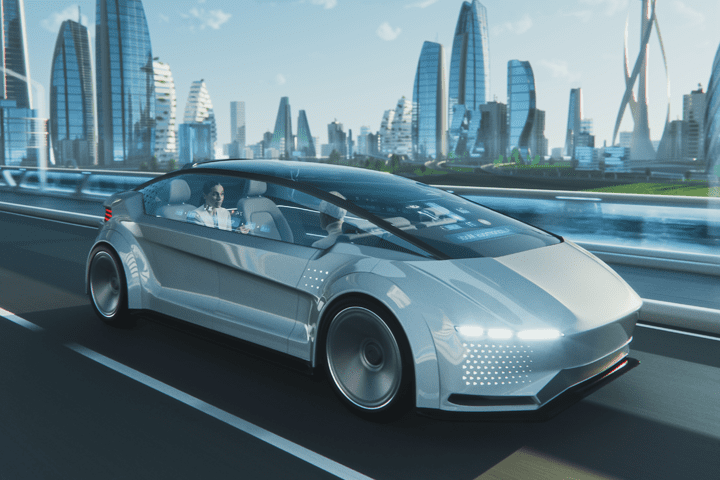
What will the Automotive sector look like in 20 years? Welcome to Legislation nation
The year is 2039. We’re a year away from the Government ban on the sale of internal combustion engine vehicles (and six years after the Scottish Government’s deadline), although we now know that diesel and petrol cars that have some form of hybridisation will still be allowed.
The majority of vehicles registered are electric – full and plug-in – with growing demand for hydrogen fuel cells as the price has come down.
Despite World Economic Forum’s prediction of twice the cars on the road globally, the number of cars ‘sold’ in the UK has actually dramatically reduced as pay-on-demand and subscription-based Mobility services give access to a range of transport options – from car to bus to bike.
To smooth out peak time traffic, fleet managers work closely with HR colleagues to encourage more flexible working. Working hours have changed from the traditional 9-to-5 and homeworking is used extensively by companies as a tool to encourage more mothers back into employment as demand for skilled employees rises and in response to Gender Pay Gap legislation.
No more car parks crammed with vehicles for the best part of the day. The ‘Subscription Generation’ will only pay for cars when they actually use them.
In response to Commercial Vehicles driving a disproportionate amount of Greenhouse Gases, heavy taxation has encouraged adoption of Load Sharing services, such as Uber Freight.
Real-world electric vehicle (EV) ranges now exceed 400 miles, all the mileage capacity most people need for single journeys. Plus, charge times are now below 5 minutes.
Non-EVs are unable to access urban areas. In fact, all vehicles over a certain size will be charged for entering the city during peak times to eliminate congestion.
Night-time deliveries, aided by silent-running EVs, have become the norm, removing many trucks from daytime city streets. Distribution hubs outside major conurbations provide the handover point for large HGVs to pass on their goods to pure electric LCVs
To counter the inevitable drop in BIK revenue – due to fewer company cars and the elimination of CO2 emissions – the Government has introduced road charging with fees based on miles travelled, time of day and type of road.
A city-dweller stepping into the street to hail a taxi is a rarer sight, as ride-hailing platforms like Uber proliferate. But seeing a driver with their hands on the wheel has also become the exception.
Unscheduled breakdowns are a thing of the past, as connectivity means vehicles are in constant touch with leasing companies to give early alerts about imminent faults. Cars book themselves in for service.
They also talk to each other and to the road infrastructure, smoothing traffic flow and making congestion a distant memory. Consequently, average speeds have risen significantly as has productivity.
Level 5 autonomous vehicles are widely available, although the Government legislative framework restricts usage on the road network, limiting ‘driverless’ functionality to motorways and with an insistence that the driver remains alert and ultimately in control. There are far fewer crashes, but the average cost of an insurance claim is now far greater due to all the collision avoidance technology in car panels and bumpers. Liability has migrated from the individual to the manufacturer.
